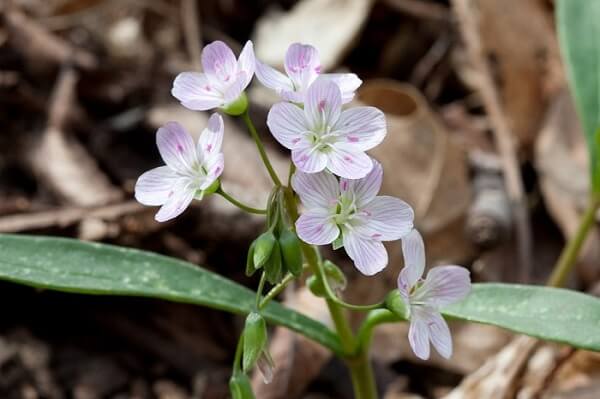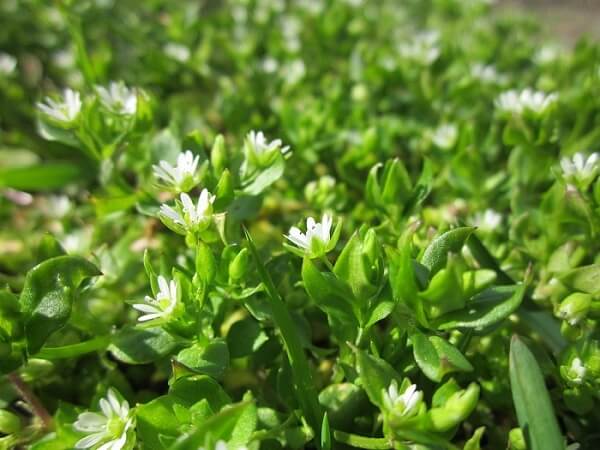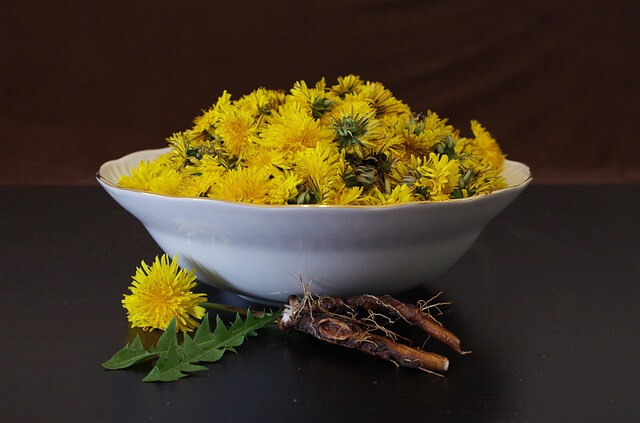 Plant Nature Study I
Plant Nature Study I
Plant Nature Study I
Plant Nature Study I





 Plant Nature Study I
Plant Nature Study I
Plant Nature Study I
Plant Nature Study I

Study the lesson for one week.
Over the week:
Edible Flowers:

Activity 1: Narrate the Story
Activity 2: Study the Dandelion Picture
Study the above picture of the Dandelion and find the following:
Activity 3: Take a Nature Walk, Visit a Flower Shop, or Research Online - Dandelion Hunt
Embark upon a nature walk and locate the following:
Make observations and gather data.
Use the gathered information to create the field book entry.
Activity 4: Complete a Field Book Entry

After your nature walk, complete page 6 in 'Science Field Book for Third Grade.'